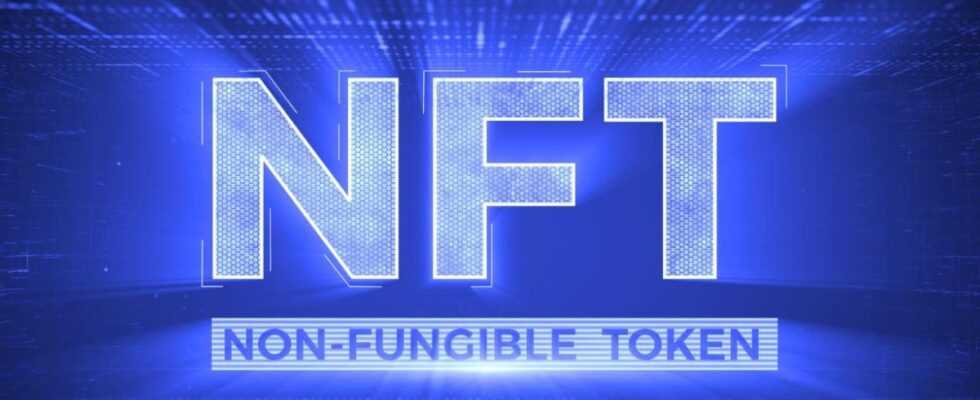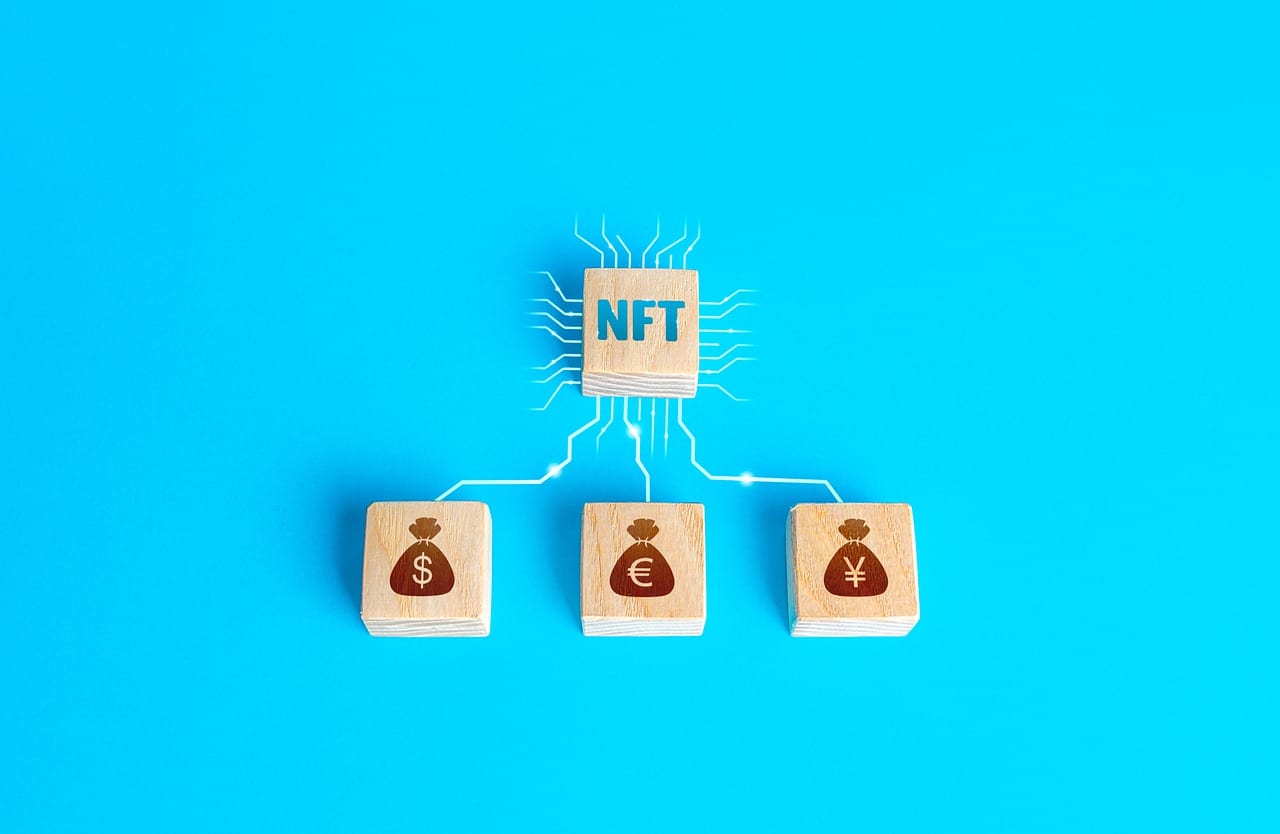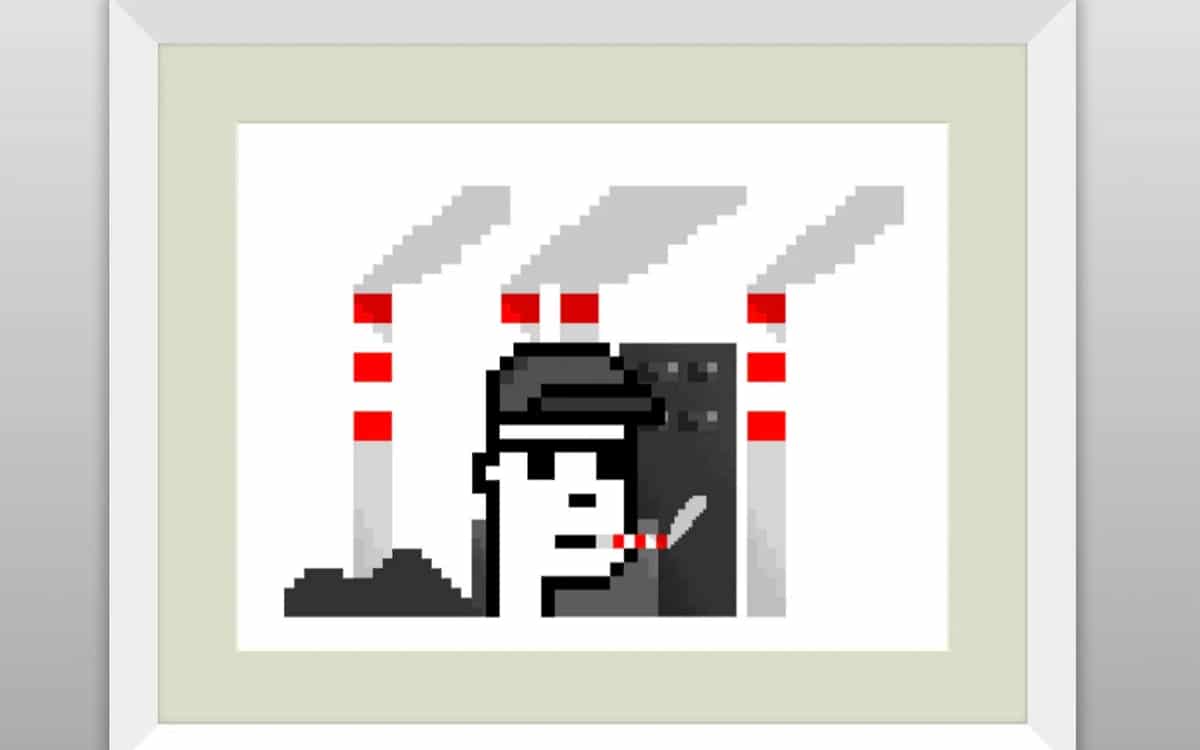NFT is the new buzzword. Popularized during the year 2021 among cryptocurrency enthusiasts, non-fungible tokens are preparing to enter other sectors, especially video games. We tell you everything you need to know about this controversial technology.
Since the beginning of last year, we often hear about NFT. Regularly, celebrities invest colossal sums in what are all too often presented as simple JPG images of computer-created characters. For example, famous rapper Eminem bought an NFT from the Bored Ape Yacht Club collection for $ 450,000.
Presented as simple images sold at a high price, NFTs can make you smile. Despite the strong media coverage of the phenomenon, many Internet users are struggling to understand the interest of NFTs, and the underlying revolution which accompanies them and which foreshadows the future of the Internet (the famous Web 3.0). We take stock of this abstract and thorny subject below.
What is an NFT (non-fungible token)?
NFT stands for “non fungible token”, or “token non fungible” in French. A thing is said to be fungible if it can “To be replaced by things of the same nature, of the same quality and of the same quantity”, explains Larousse. Among fungible assets, we find the money. A one euro coin can be replaced by a one euro coin. Likewise, a Bitcoin can be interchanged with another Bitcoin.
On the other hand, a so-called non-fungible asset cannot be replaced by another element. It is unique. In the same way that a work by Leonardo Di Vinci, Monet or Picasso is unique, an NFT is unique. Its uniqueness is easily identifiable. Be careful, we often speak of NFT to describe visual works (the famous JPGs as mentioned above), but it can also be a musical work, a film or a writing or the code of a computer element. For example, the first SMS in history was digitized as NFT and sold to the highest bidder. World Wide Web source code was also auctioned off as NFT along with Wikipedia’s front page.
NFTs also promise to be essential in the future metaverse. Non-fungible tokens can also be used to exchange digital real estate in virtual spaces like Decentraland or The Sandbox. A piece of virtual land in the form of NFT was also sold last year for $ 2.4 million.
To attest to the uniqueness of an NFT, it must be digitized and registered on the blockchain. Currently, a large portion of non-fungible tokens are listed on the Ethereum blockchain. At the origin of most of the cryptocurrencies on the market, the blockchain is a decentralized ledger that keeps track of all the items written on it. Unlike a more traditional database, the blockchain, or blockchain in French is immutable, unalterable and inviolable.
When creating an NFT, all the data of a work will be digitized and entered into the blockchain. A non-fungible token can contain a large amount of information. Technologies also make it possible to combine a host of data, ranging from images to line of code, including video. Once registered in the blockchain, the work will be accompanied by a digital certificate of authenticity. This certificate guarantees that the Internet user in his possession is indeed the one and only owner of an NFT.
Once digitized on the blockchain, the history of the work (purchases, resales, date of creation, name of the creator…) is eternally registered. This is why auction houses specializing in Art, such as Christie’s or Sotheby’s, have quickly adopted the technology behind NFTs.
Where to buy NFTs?
There are many platforms for buying and selling NFTs. Among the most popular sites we find OpenSea, Foundation, Ethernity or Rarible. Many cryptocurrency exchange platforms have also embarked on NFTs by offering their users to buy or sell them through their interface. This is particularly the case of the essential Binance, the service that allows you to trade cryptocurrencies.
As explained above, there are many platforms to create an NFT. For simplicity, we will focus on the method to follow on OpenSea, which is by far the most used platform in the industry. Before you begin, make sure you have an Ethereum wallet like Metamask handy. To open a wallet, simply install the Metamask app on your smartphone from the Play Store or the App Store. You can also install it as an extension on your Chrome web browser.
We explain how to create (“minter”) a non-fungible token in a few steps:
- Visit the OpenSea website or download the app from the Play Store or the App Store
- Push the button Create at the top of the interface
- Then select Metamask among the digital portfolios offered
- Once the wallet is connected, click on My Collections
- Create a collection of works by clicking on Create
- Once the collection is created, you will need to choose a logo for it by following the on-screen instructions
- Finally, press Add Item.
- Choose Add New Item
- Authorize the connection with Metamask
- Follow the on-screen instructions and drag the image into the frame provided
- Click on Create
Be careful, if you then want to sell your NFT, you will have to pay a small amount of money in cryptocurrency (Ether). To offer your work for sale, you must pay Ethereum network fees. This amount can sometimes be quite steep depending on network congestion.
Should you invest in an NFT?
Holders of a non-fungible token do not hesitate to present them as excellent investments. By speculating on the price of certain flagship collections, some Internet users indeed manage to enrich themselves, or at least, to make impressive profits in cryptocurrency.
However, you have to keep in mind that making money from NFTs is not as easy as you would like to think. Indeed, the price of all digital works does not go up automatically. By investing in an NFT, you always take the risk of not recovering your initial stake. For one reason or another, the price of the property can go down and never start to rise again. This is true for NFTs, cryptocurrencies, stocks or real estate.
Why do NFTs so often arouse suspicion, especially among gamers?
Many video game publishers have demonstrated their interest in NFTs. More and more studios want to offer skins or items in the form of non-fungible token to their players. In December, Ubisoft also announced the launch of Quartz, a platform for acquiring NFTs. This platform offers non-fungible tokens for use in the game Ghost Recon Breakpoint.
This initiative provoked the anger of the players. Faced with criticism, Ubisoft was forced to remove the presentation video from its YouTube channel. Many players summarize NFTs as speculation and trading of digital works and believe that publishers are simply looking to get rich on their backs. In addition, some video game fans point the finger at energy consumption colossal number of cryptocurrencies and blockchains that allow the exchange of NFTs. By adopting NFTs, they believe that publishers are endangering the environment.
Under these conditions, they take a very negative view of the implementation of NFTs in their favorite video games. The ferocity of detractors of NFTs has already prompted several companies in the sector to change their minds. This is particularly the case of Discord. The messaging application very popular with gamers has finally chosen not to add support for NFTs to its platform following an outcry from its user community. Still, many companies, including Square Enix, continue to proclaim their interest in the technology.


